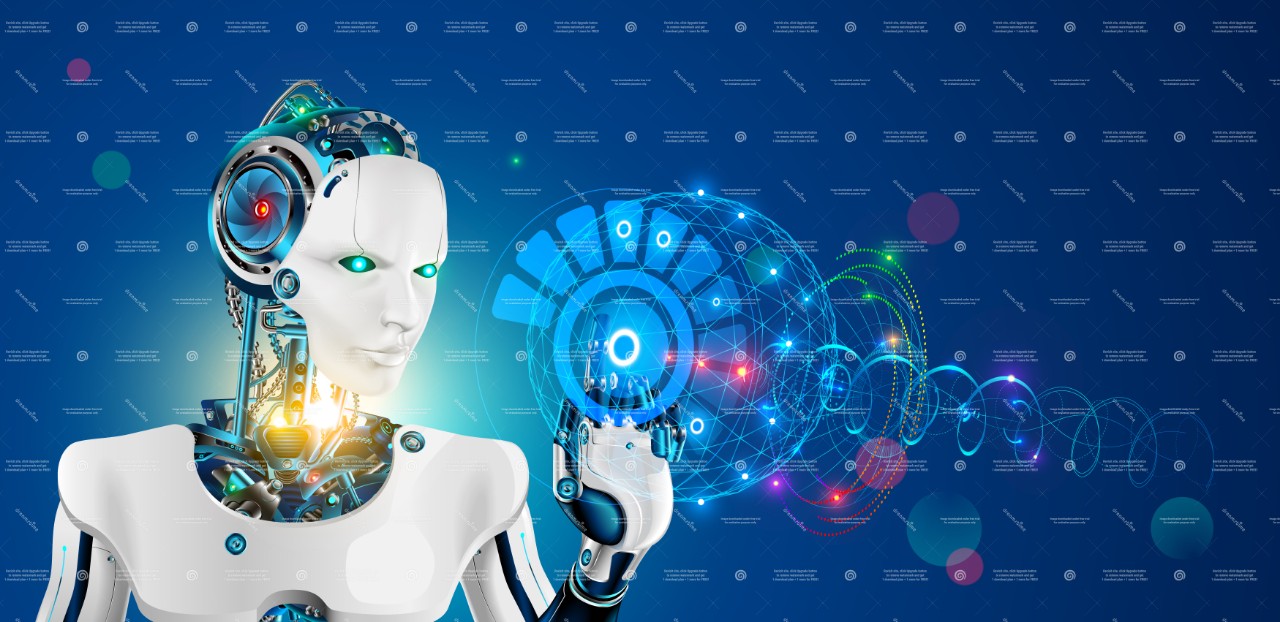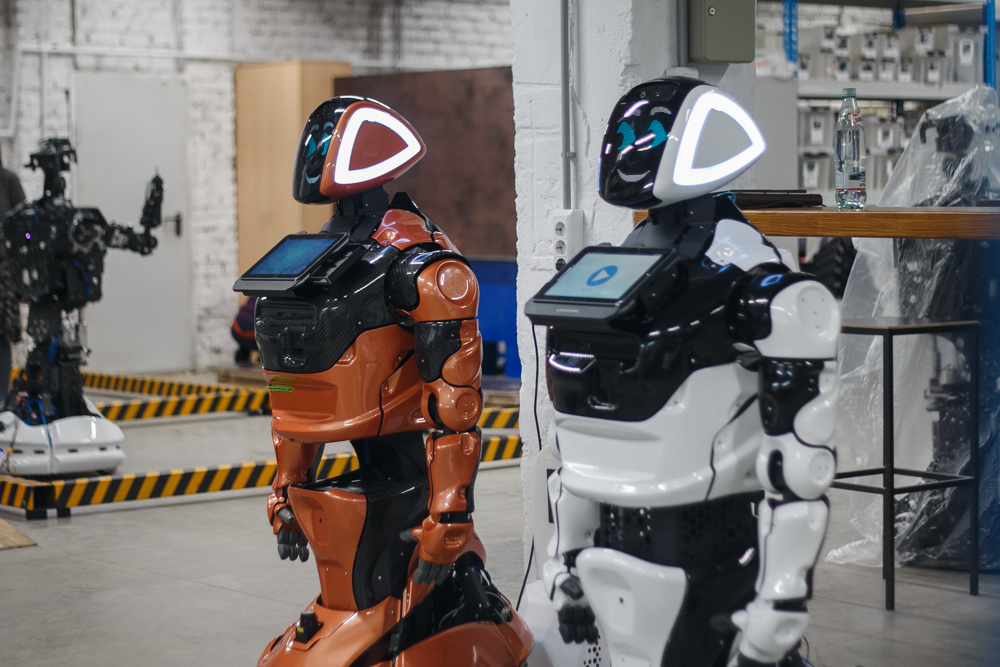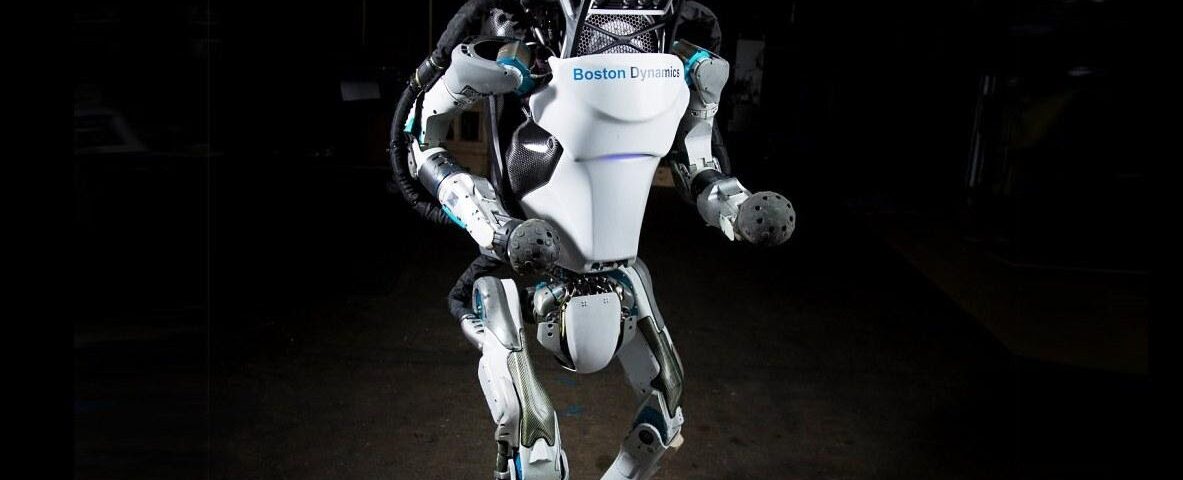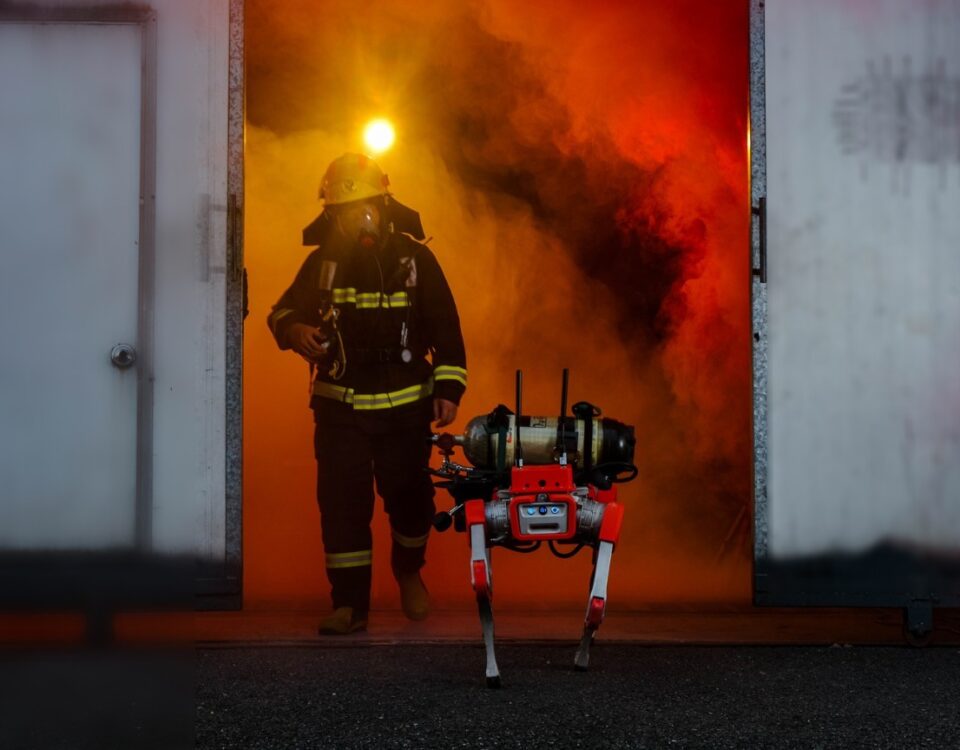
How robots think
July 20, 2021
Robot for shopping mall
July 26, 2021The new word in modern robotics is smart robot, but to be smart a robot needs to have two kinds of intelligence: motor and cognitive. Motor is needed to control your body: walking, running, jumping, balance and other movement-related activities. The robot needs to make movements without algorithms laid down by programmers, but independently in accordance with the environment. Cognitive intelligence is characterized by the robot understanding a problem and solving that problem.
When creating the Atlas robot Boston Dynamics has well solved the problem of motor intelligence, as we could see in the video, the robot easily performs the most complex tricks. When creating two types of intelligence, first create the motor one, so that the cognitive one already relies on the robust gait and movements of the robot. And already further both kinds of intelligence interface with each other for good interaction.




Atlas has cameras in his head that allow him to monitor his movement in real time. The robot's body has 28 joints, sensors that measure acceleration, body position during movement, and the robot also analyzes data to interact with the environment.
Atlas' balance is the envy of athletes, the robot can perform somersaults with a clear landing on both feet. The robot is able to utilize the force of inertia to conserve energy. The robot's feet have sensors built into them that allow it to determine the amount of force to be applied to the feet. Every complex trick requires a lot of calculations. The robot keeps its balance on its own, which means that if you push it, it will not fall, but will make a step that allows it not to fall.

For now, the robot is still controlled by an operator who pushes buttons, where to go, run, where to make a turn. But he performs these movements on his own in response to the environment he is in. He understands how to overcome obstacles and rough terrain on his own. For a human, the task is not difficult, but not for a robot. Let's start looking at how algorithms are laid down and robot controls are invented.
Boston Dynamics has laid down a predictive model to the programming of the robot. Developers incorporate all the information available to them to program and control the dynamic characteristics. They also do a lot of pre-calculations for anything the robot might need to do a particular task.
A full library of pre-calculated motion trajectories is loaded into the Atlas. The smart robot takes information from it for its movements and adapts it to the robot's environment. It is too early to talk about self-learning of the robot, programmers are just working on it.

The system that allows the robot to see is based on geometric segmentation, which breaks areas into simple geometric shapes. The robot perceives this data and its computer processes the information to plan its actions, such as balancing, running, arm and leg movements. All information is received in real time and the robot also processes it to adjust to the environment.
The big advantage of the robot is that once it has done a somersault once, it can repeat it many times. Taught once and will easily do all the subsequent ones!

Atlas's dance required a choreographer. His job was to determine which pas the robot could perform. Modeling was also required to revise the movements available for the work. At first, all the movements were simulated on the computer, adjusted, and then practiced in reality. The dancing robot took 2 months of hard work by the entire team.
It is not yet possible to buy the Atlas robot. It is not available for purchase in any country in the world, including Ukraine. Engineers will have to refine it to work among humans. As soon as the Atlas is freely available for sale, we will publish it in our store and write an article about it and its features. And what do you dear readers think about this advanced robot, please write in the comments.



